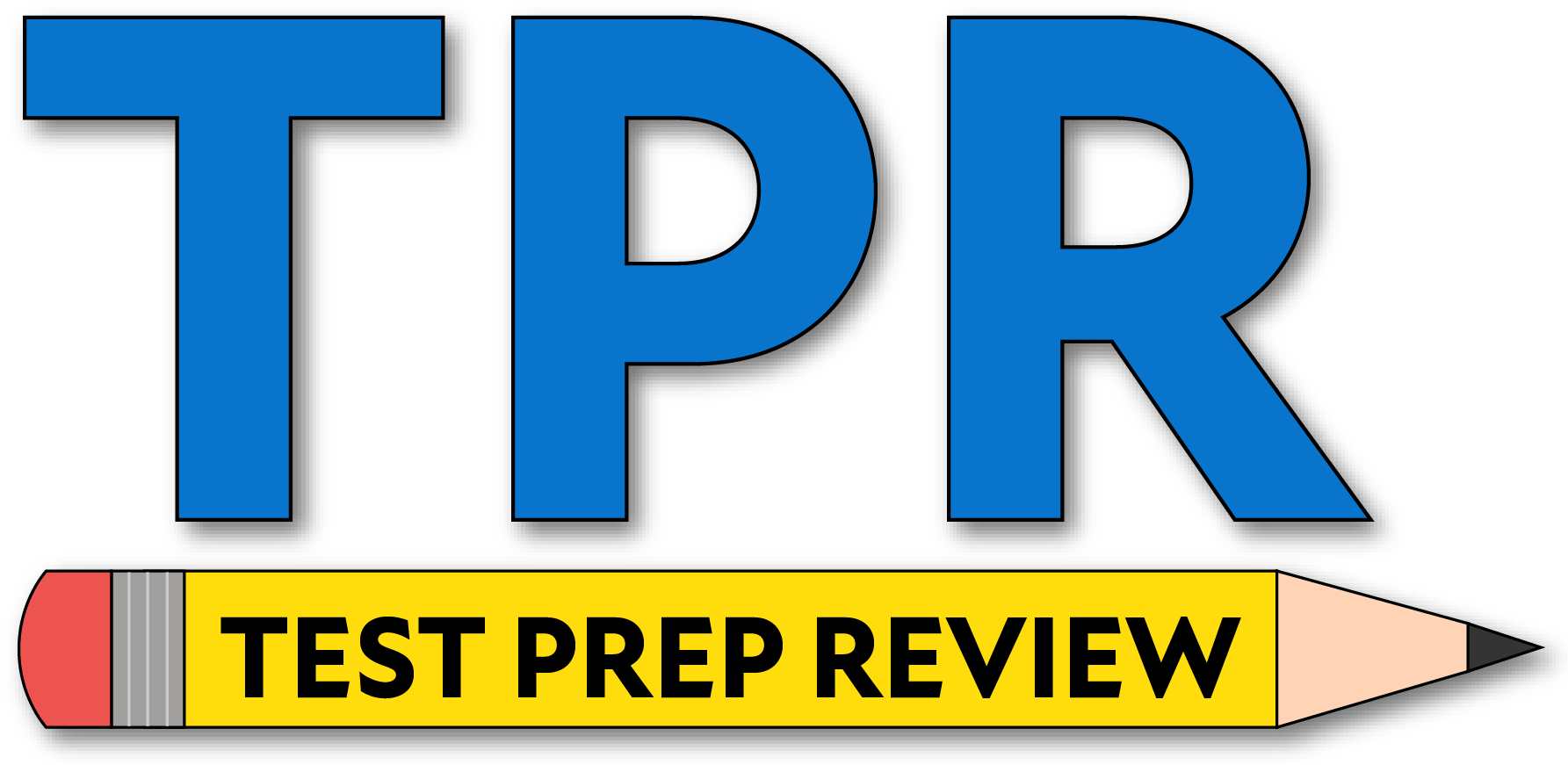- If you are trying to stop the bleeding from a needle stick, which of the following is the best technique?
- Indirect pressure
- Direct pressure
- Tourniquet
- Longitudinal pressure
Direct pressure is the best way to stop bleeding from a needle stick because it compresses the vessel right at the wound. Indirect or longitudinal pressure don’t concentrate force on the bleeding site, and tourniquets are reserved for severe arterial bleeds.
- Which of the following is a test used to monitor heparin levels?
- SST
- ACT
- POCT
- H&H
ACT (activated clotting time) is used to monitor heparin therapy because it measures how long blood takes to clot under the influence of heparin. SST tubes collect serum, H&H tests measure hemoglobin and hematocrit, and POCT is just a general term for point-of-care tests.
- Which of the following is the deepest layer of the epidermis?
- Stratum spinosum
- Stratum corneum
- Stratum granulosum
- Stratum basale
The stratum basale is the deepest layer of the epidermis, sitting directly on the basement membrane. It contains the basal keratinocytes responsible for continuous skin cell renewal. Layers above it include the spinosum, granulosum, and the outermost corneum.
- What is the area of a blood smear that is tested?
- Analyte
- Whorls
- Feather
- Agate
The feather edge of a blood smear is the thin, fringed area where cells lie in a single layer for clear viewing. Other regions of the smear are too thick for detailed cell morphology.
- Which of the following matches the definition: excessive RBC production?
- Polycythemia
- Dehiscence
- Transection
- Escharotic’s condition
Polycythemia literally means “many cells” and refers to an abnormally high red blood cell mass. Dehiscence, transection, and escharotic conditions are unrelated to red cell production.
- Which of the following is the maximum recommended depth of a heel puncture according to the NCCLS?
- 1.0 mm
- 1.7 mm
- 2.0 mm
- 2.6 mm
The NCCLS recommends a maximum heel puncture depth of 2.0 mm to avoid injuring the calcaneus. Going deeper increases the risk of bone injury and pain. Staying at or below 2.0 mm ensures a safe, adequate blood sample.
- What are PKU tests most commonly performed with?
- Skin puncture blood
- Arterial blood
- Bilirubin specimens
- BUN analysis
PKU tests are most commonly performed on newborns using a heel (skin) puncture, with blood collected on filter paper. This dried blood spot method reliably detects phenylketonuria. Arterial samples or bilirubin/BUN tests are not used for PKU screening.
- Which of the following terms can be described as a winged infusion set?
- Hematoma
- Hub
- Sharps
- Butterfly needle
A butterfly needle is the standard name for a winged infusion set, featuring flexible “wings” that help stabilize the needle during blood draws or IV infusions. “Hub” and “sharps” refer to parts or general hazards, not the winged design.
- Which of the following is identified by the acronym (CPD)?
- Cervical positioning device
- Citrate phosphate dextrose
- Citrate potassium dextrose
- Citrate potassium disinfectant
CPD stands for “citrate phosphate dextrose,” an anticoagulant solution used in blood collection and storage. Citrate chelates calcium to prevent clotting, while phosphate and dextrose preserve red cell viability.
- If you are standing three feet from a person, which type of distance are you within?
- Public distance
- Social distance
- Personal distance
- Intimate distance
Personal distance ranges from about 1.5 to 4 feet and is used for conversations among friends and acquaintances. Standing three feet away falls squarely within this zone. Social and public distances are greater, while intimate distance is closer than 1.5 feet.
